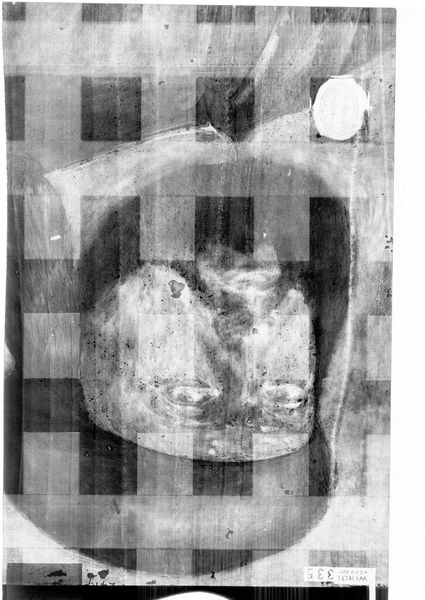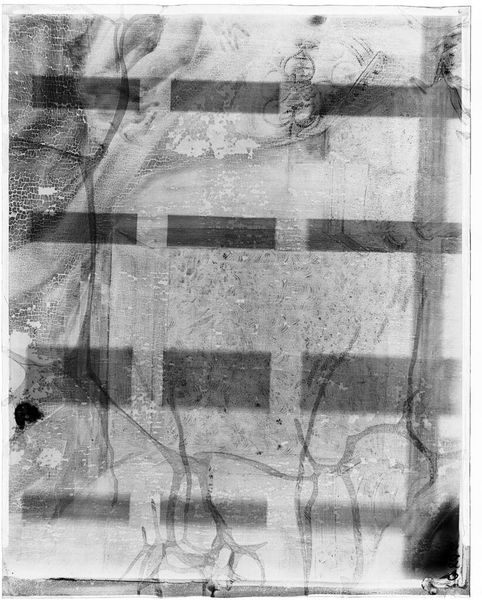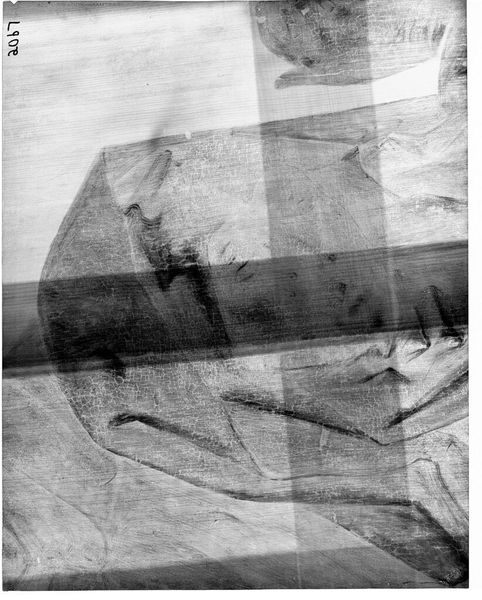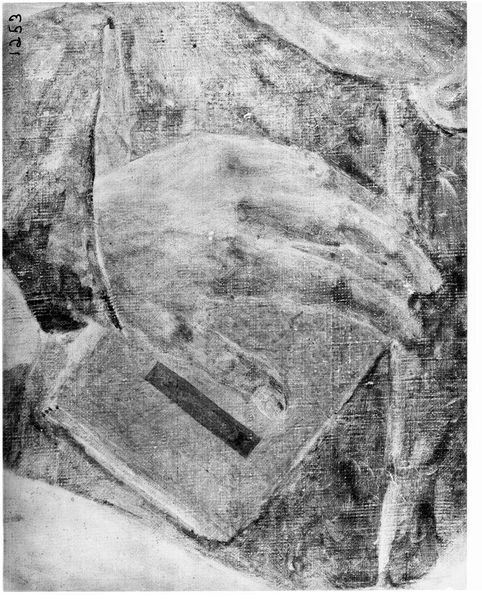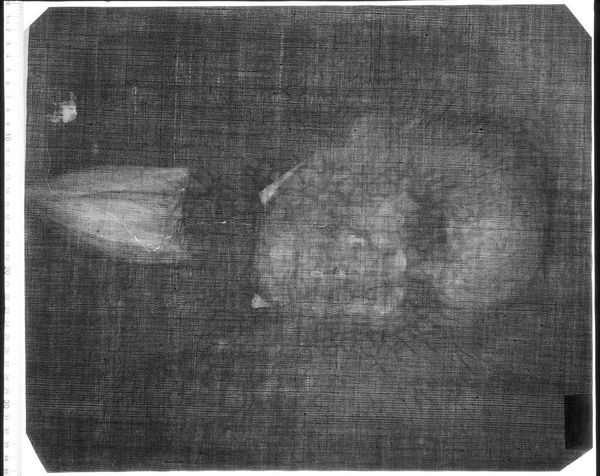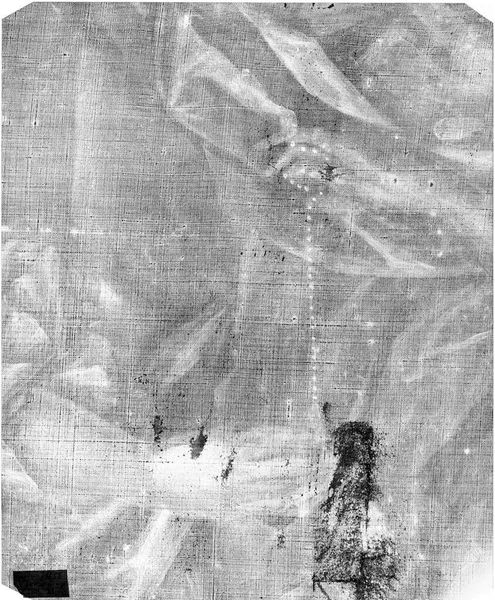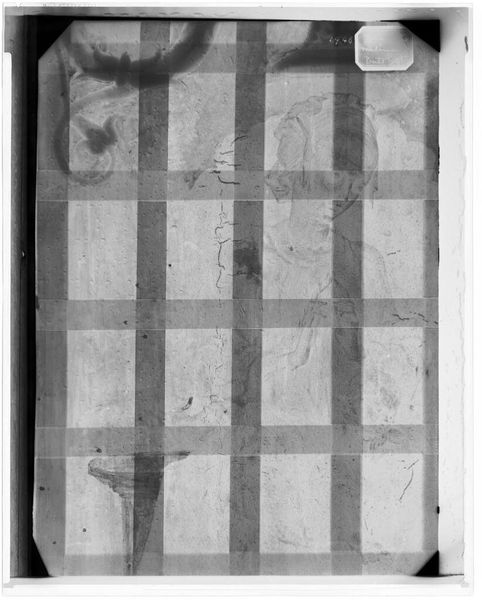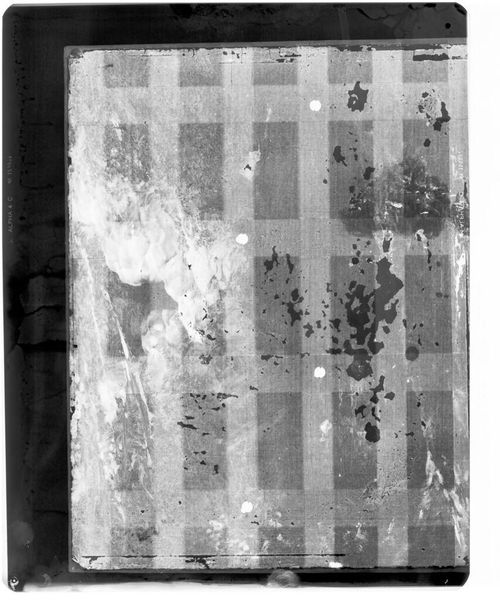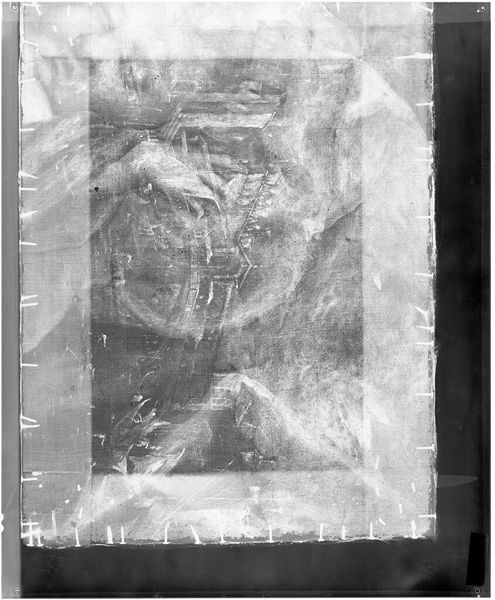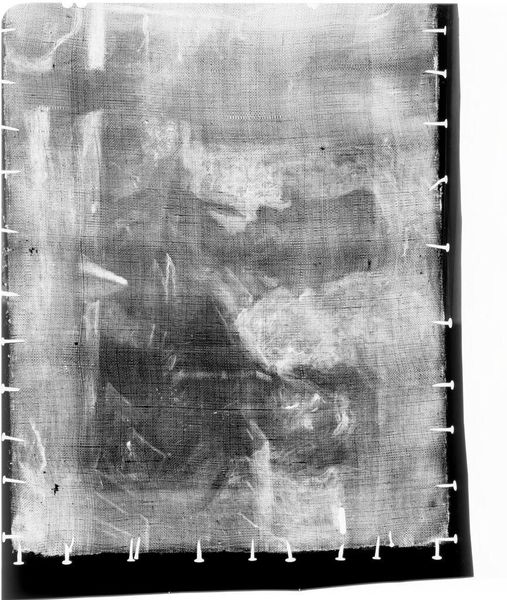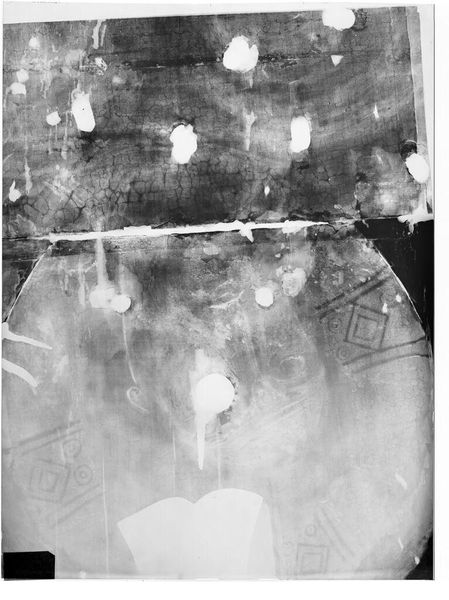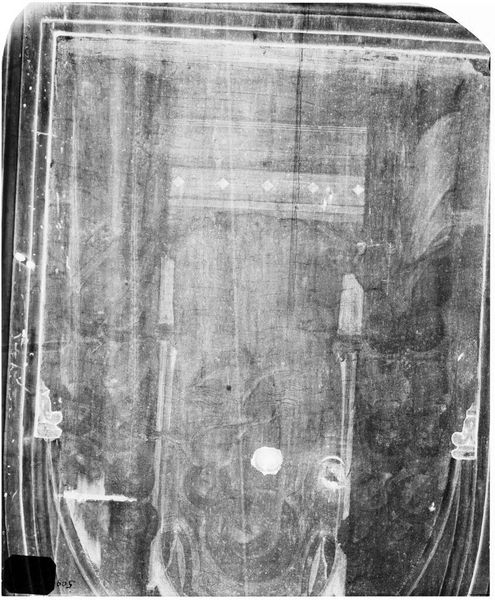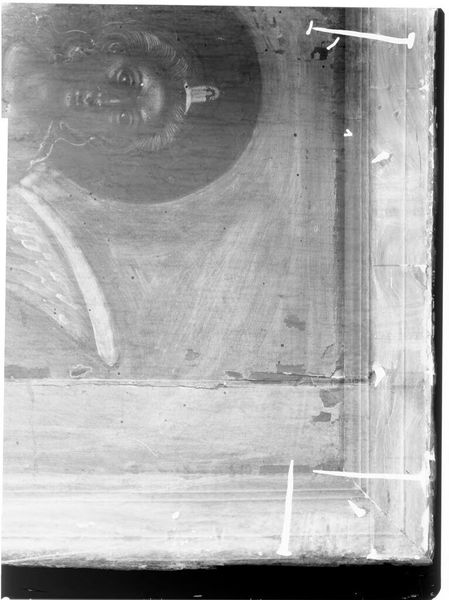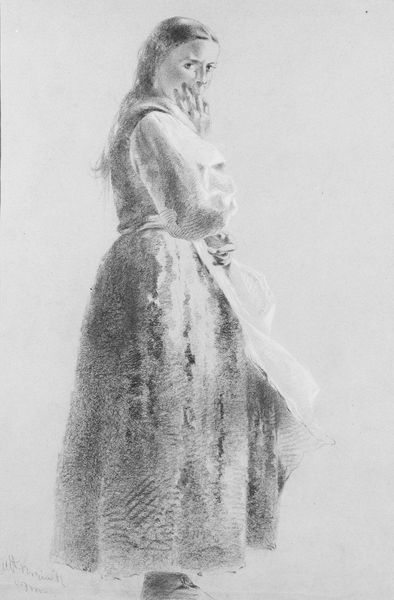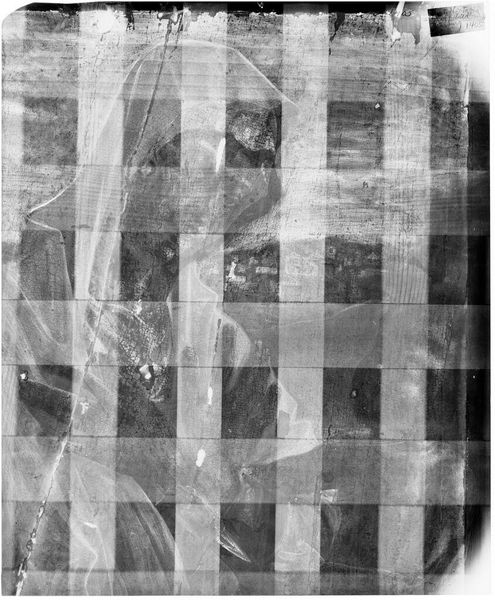
photography
#
baroque
#
sculpture
#
photography
#
france
#
musical-instrument
Dimensions: L. grand chalumeau from stock: 41.5 cm L. petit chalumeau: 22.7 cm L. second petit chalumeau: 19.5 cm L. shuttle drone from stock: 14 cm
Copyright: Public Domain
Curator: Here at the Metropolitan Museum, we have a photograph of an 18th-century musette attributed to the workshop of the famed Forquin family. The shot shows the instrument alongside its bellows, a carrying case that's almost a small book, and an embroidered velvet cap. What strikes you when you look at it? Editor: There’s something quite still-life about it, isn’t there? Each object is so meticulously arranged, almost staged, creating this silent story of leisure and artistry. It whispers of powdered wigs and aristocratic gatherings in dimly lit salons. It’s interesting to think how even the choice to arrange it is inherently material – we could consider the labor behind composing the shot. Curator: Yes, and think of what the musette itself represents! This wasn’t just any instrument; it was the bagpipe of the French court. So light, airy, pastoral tunes drifting through manicured gardens… and each of those bits that seem to stack into the instrument would’ve been painstakingly hand-carved from exotic woods. Imagine the precision and skill needed. Editor: Absolutely. When looking at such delicate craft, it is equally valuable to ponder how a well-preserved treasure of this caliber finds its place into institutional collecting practices. You touched upon those “airy tunes,” but I wonder if the arrangement carries a quiet echo of broader cultural making during the Baroque period? Where labor often went uncredited... Curator: I agree! Considering the instrument's role in the French court provides interesting layers to that point; while it embodied the pastoral idylls of the aristocracy, its music also masked and, dare I say, muffled the dissonance between classes at the time. The ornate detail disguises something unsettling beneath the gilded surface. Editor: Precisely. When reflecting on such period relics, one could see them as relics but rather imagine all that craft's involvement and implications towards building that society's foundation. The embroidery, the wood carvings – they’re evidence and legacy. Curator: So well said! I'll never look at it quite the same way again. Editor: And hopefully now, our listeners have gained richer and maybe unconventional insight into this piece’s narrative.
Comments
No comments
Be the first to comment and join the conversation on the ultimate creative platform.
